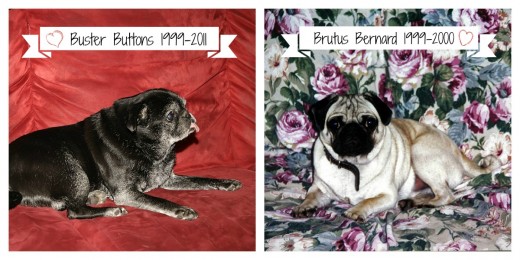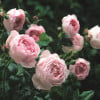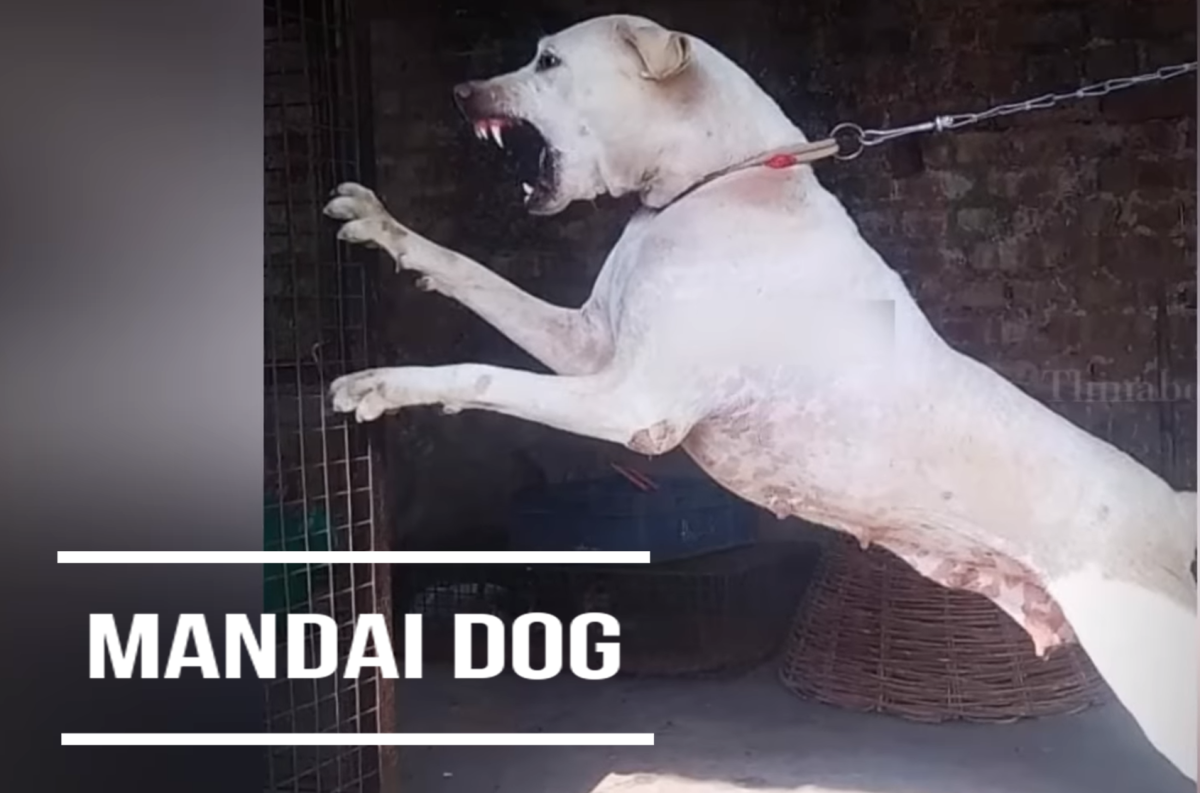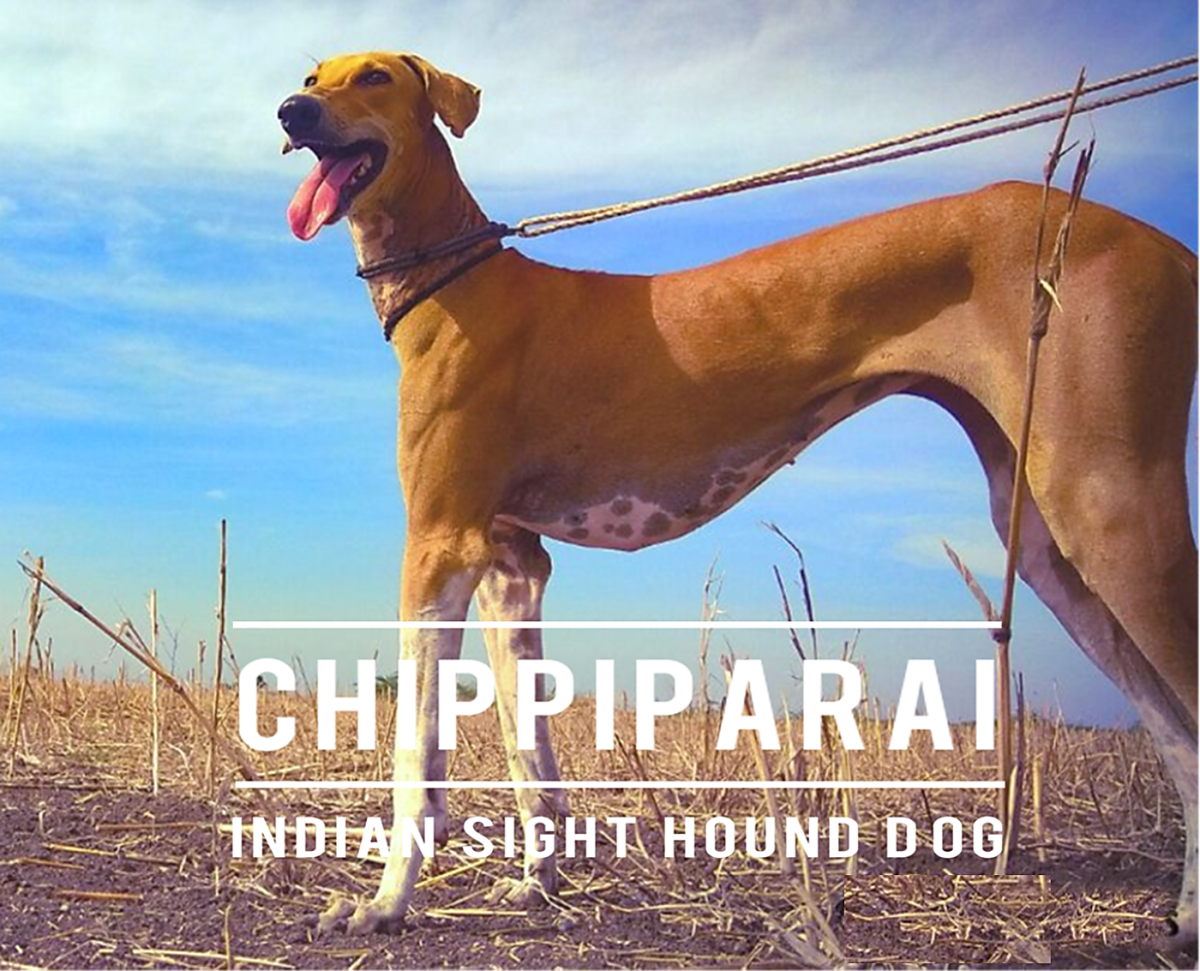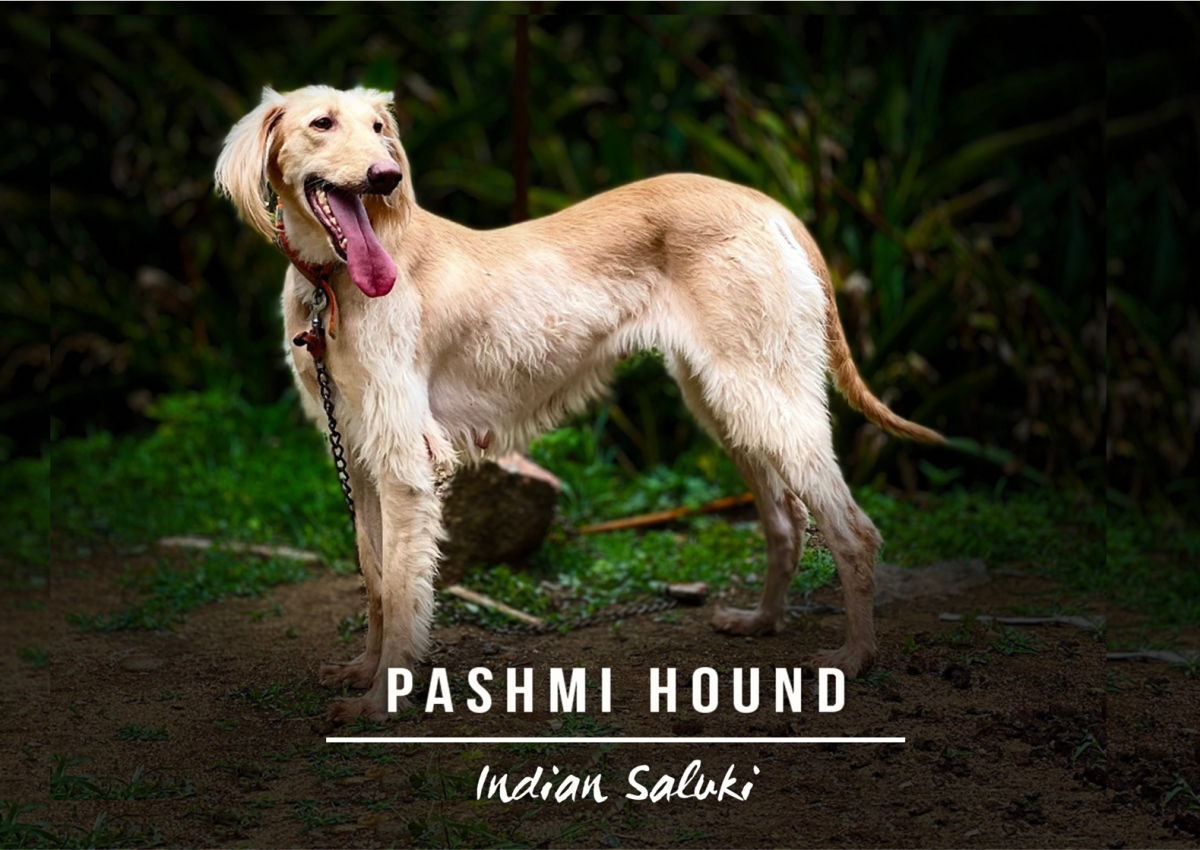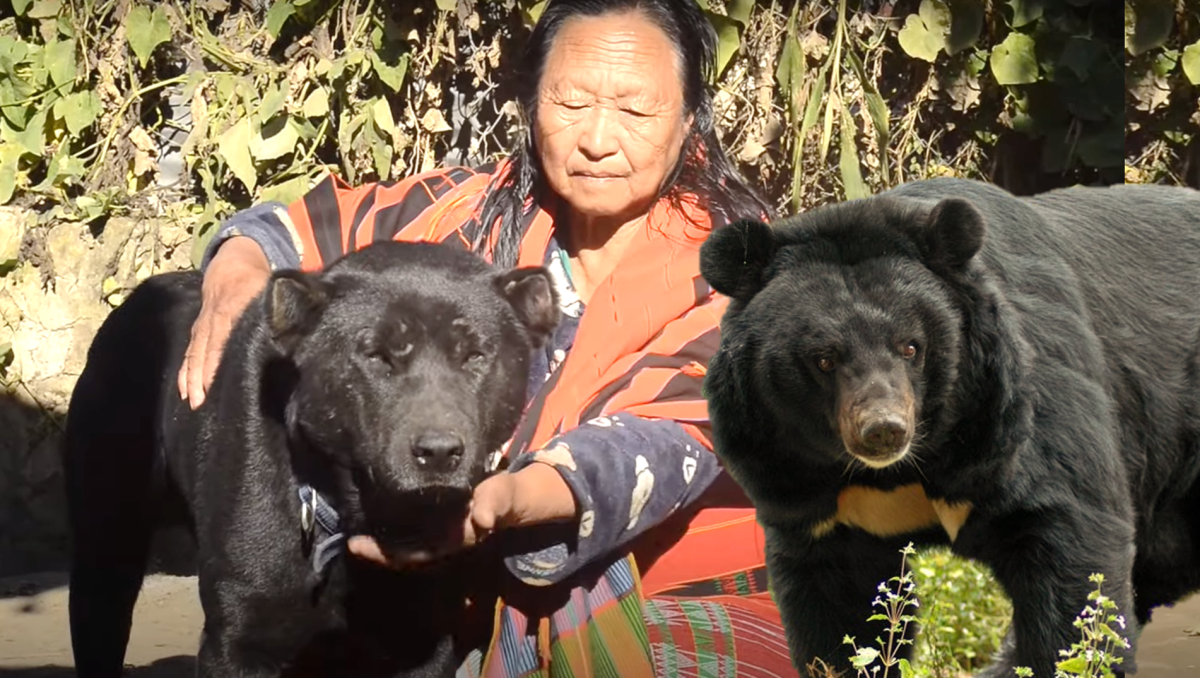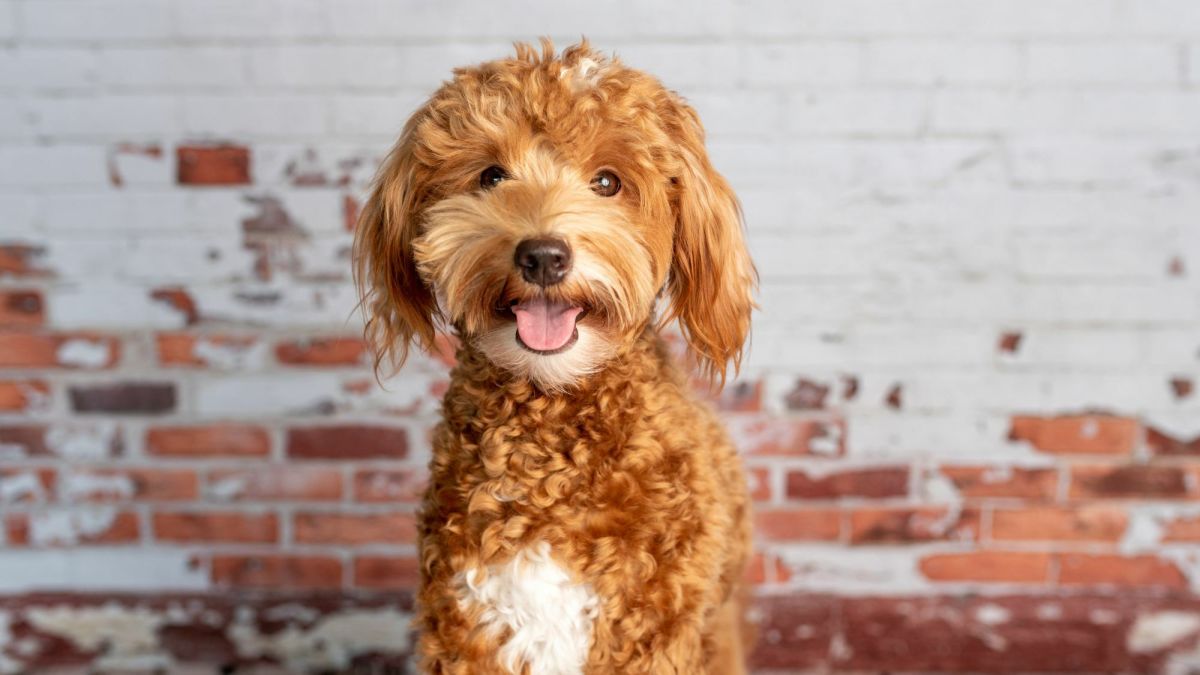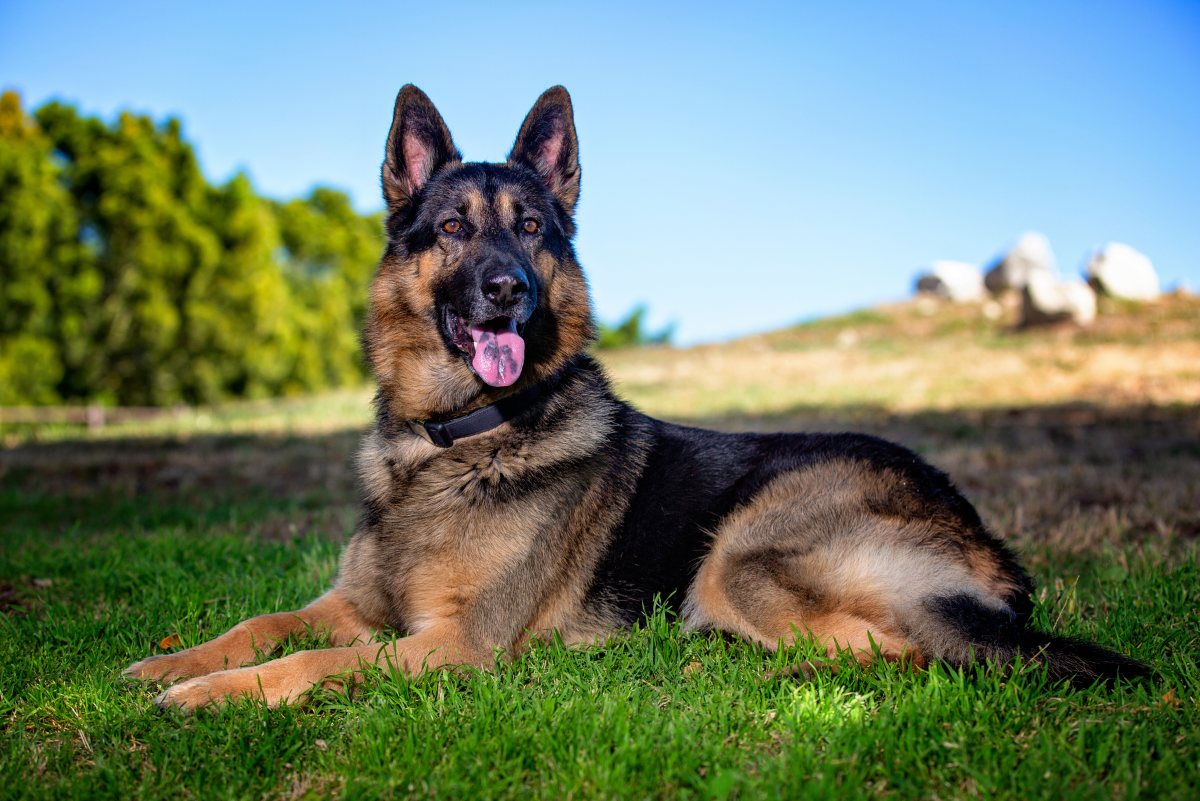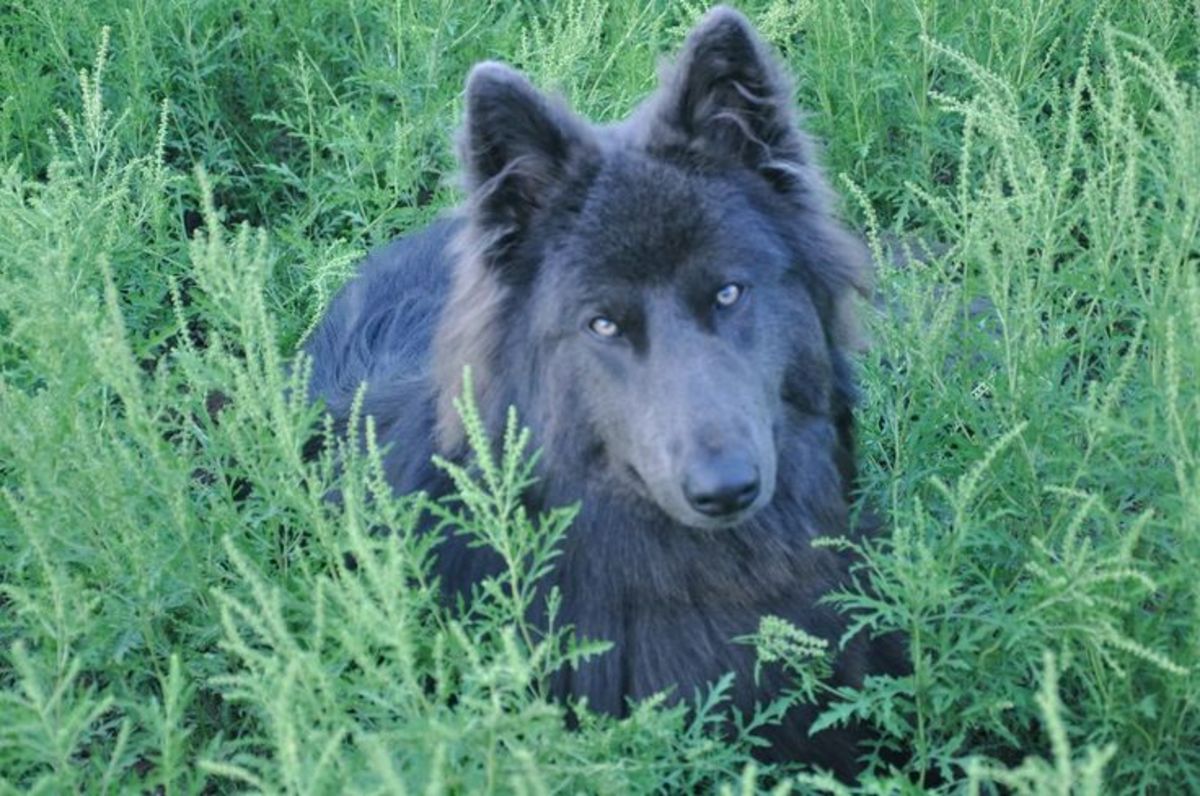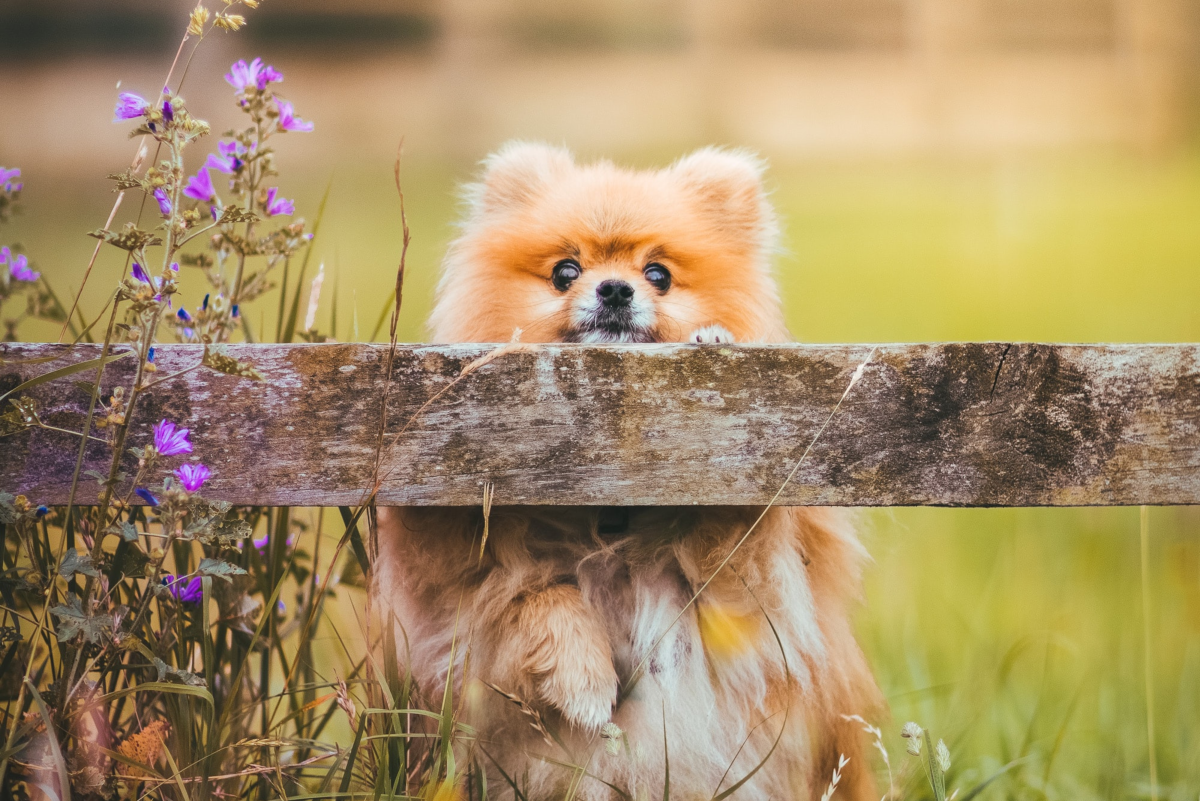- HubPages»
- Pets and Animals»
- Dogs & Dog Breeds»
- Dog Breeds
Pug Breed Information | Doggie Matchmaker
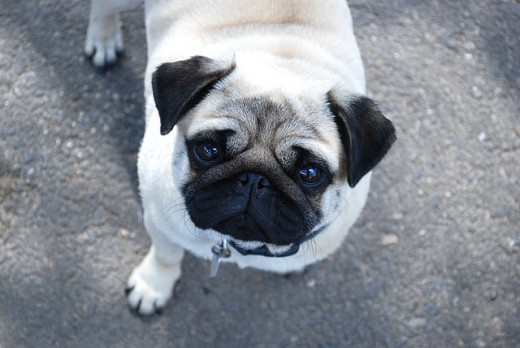
The adorable Pug is one of the oldest dog breeds, true to his form since before 400 B.C. His earliest known presence was in Buddhist monasteries in Tibet, where he was a faithful companion. From there, the Pug went on to gain popularity across all of China, Japan, and Europe, eventually moving on to win the hearts of France and America. This flat faced breed was a favorite with royal families, and a fashionable choice in pet. He has been an unexpected little hero through history, saving the life of William, Prince of Orange, by sounding the alarm when the Spaniards approached for attack. He also aided the wife of Napoleon while she was imprisoned at Les Carnes by carrying secret messages under his collar to her husband.
Standing approximately 10-14 inches at the shoulder, the Pug weighs between 14 and 20 pounds. He is compact and stocky with a large round head, short muzzle, and corkscrew tail. His rose or button ears are black and soft as velvet. This breed comes in fawn, silver fawn, apricot fawn or solid black, and despite his short coat, he is a heavy shedder. The Pug is easy to groom, needing only regular brushing and occasional bathing. The wrinkles on his face should be cleaned regularly to prevent irritation and infection.
Sturdy and happy-go-lucky, the Pug is a fantastic family dog. He is patient with children and friendly with everyone he meets, including other pets. This breed can be equally playful and calm, animated and dignified. Puppies may be spirited clowns while adults prefer a good nap on the couch. The Pug is renowned for snorts, grunts, and snuffles, which are sure to keep you laughing in combination with comical expressions and head tilts. Childlike in nature, and endearingly devoted, the Pug is happiest when close to his owner.
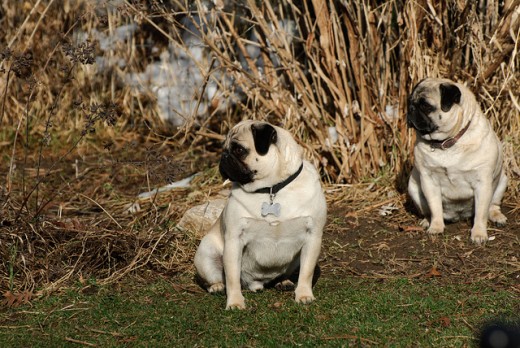
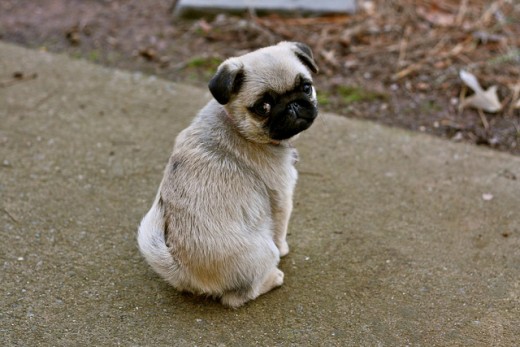
Training a Pug
Beneath his innocent face and sweetheart boxy frame, the Pug has a somewhat stubborn nature. While this breed rarely causes any real destruction, owners should be prepared for some obstinacy in training. This can be downright adorable, especially in Pug puppies, so you will have to be strong and persist with training in order to ensure your pup maintains his charming status. Because Pugs are sensitive, don’t be too harsh. A calm yet firm tone is sufficient. Here is what you will want to focus on in training:
Housebreaking – The Pug can be quite difficult to housebreak. Combine crate training with a structured feeding and potty break schedule from the start for the best results. Remember, consistency is crucial (especially in cold or rainy weather). Have patience and expect it to take several months to house train your new puppy.
Stubbornness – Don’t be tricked into thinking those big, round eyes and cocking head don’t understand. Let your pup have his way too often and he will think he runs the home. Consistently enforce what you ask of your Pug to let him know you are in charge, and don’t simply laugh it off when he ignores you (though it will be tempting).
Basic Obedience – While the Pug is not highly mischievous, he may become problematic if left untrained. Teach your Pug basic commands like sit, stay, and come to make him a well-rounded, agreeable companion. This breed is highly motivated by treats, but be careful not to overuse them or your Pug will grow unhealthily pudgy.
Jealousy – A Pug who is spoiled and allowed to feel like he is king of the house may develop jealous behaviors. To prevent guarding over your lap, his favorite chair, or his food dish, consistently let your pup know that he is not the one in control. Showing your pup that you are the master will relieve him of the stress of feeling like he needs to keep things in order.
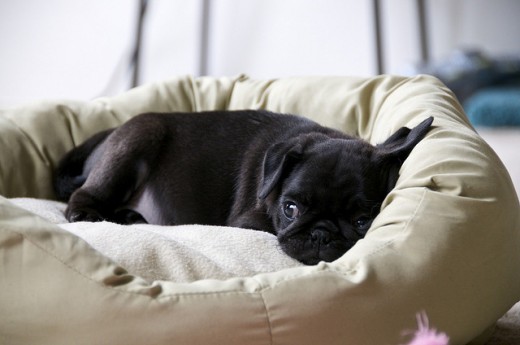
Pug Health Problems
The typical Pug lives 10-12 years. As with other short nosed breeds, the Pug has problems regulating breathing and body temperature, so owners should use caution in hot or cold weather. Overexertion may cause breathing difficulties. The Pug’s flat face also makes him susceptible to eye injuries including scratched corneas and eye prolapse (more commonly known as eye dislocation). A condition called Pug Dog Encephalitis (PDE) is also seen in this breed. This inherited lethal disease causes inflammation of the brain and meninges (the system of membranes enclosing the central nervous system), usually appearing between 6 months and 7 years of age. Allergies, skin conditions, and mast cell tumors are also fairly common in Pugs. Obesity can increase the risk of other health issues, so owners should carefully manage their Pug’s weight.
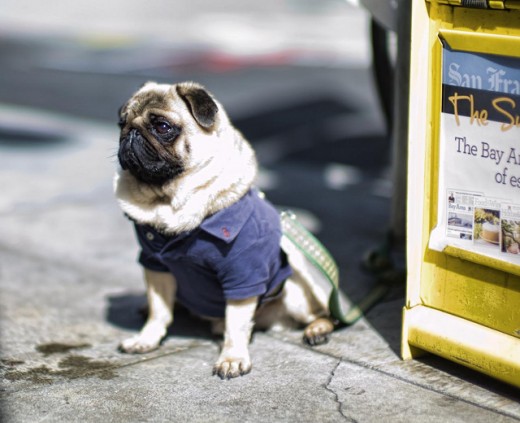
The Pug in Fashion
A dog is a long-term commitment and should never be picked based on trend, popularity, or appearance alone. With that in mind, let’s take a look at this comical breed in fashion.
The Pug’s historical connection with royalty gives him a feeling of importance and luxury. Italian fashion designer, Valentino, understood the statement of the breed and adored many Pugs of his own. He named one of his famous lines of clothing after one of his precious Pugs, Oliver. These dogs manage to be dignified without being stuffy.
Tori Spelling, Jessica Alba, Paula Abdul, and Dennis Quaid are celebrities who have owned and loved this breed. Sir Winston Churchill, Voltaire, and William Hogarth also favored the Pug, carrying on the breed’s prominent position.
Now take this compatibility questionnaire:
Do you want...
| Are you ok with...
|
|---|---|
A sweet, smooshed face and big, expressive eyes?
| Potential breathing difficulties and eye injuries?
|
A comical friend who will keep you laughing?
| Snorts, grunts, snoring, and gassiness?
|
A family dog who is good with children?
| A childlike pet who is difficult to housebreak?
|
A small yet sturdy breed that is not high maintenance?
| A non-athletic dog who can't keep up with long adventures?
|
A lover who just wants to be by your side?
| Fairly significant shedding?
|
Perfect Pug Names
If you have come to the conclusion that the Pug is your perfect match – congratulations! It is a truly unique, affectionate breed. I offer you these suggestions as inspiration in your search for the perfect name:
Something that starts with a “P” is a cute match for the Pug breed. Consider Polly, Penelope, or Petunia for a girl, Percy, Pascal, or Perry for a boy.
This sweet and dashing dog deserves a name with dignity, so perhaps Audrey, Beatrice, or Lucy (LuLu for short) will do for a girl, Bogart, Linus, or Edgar for a boy.
To play off the Pug’s little pig frame and curly tail, try Millie or Charlotte for a girl, Hamlet or Wilbur for a boy.
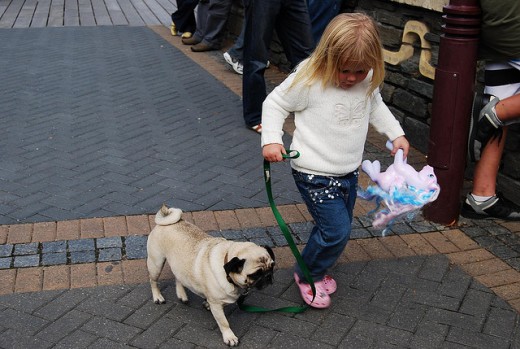
In loving memory of:
